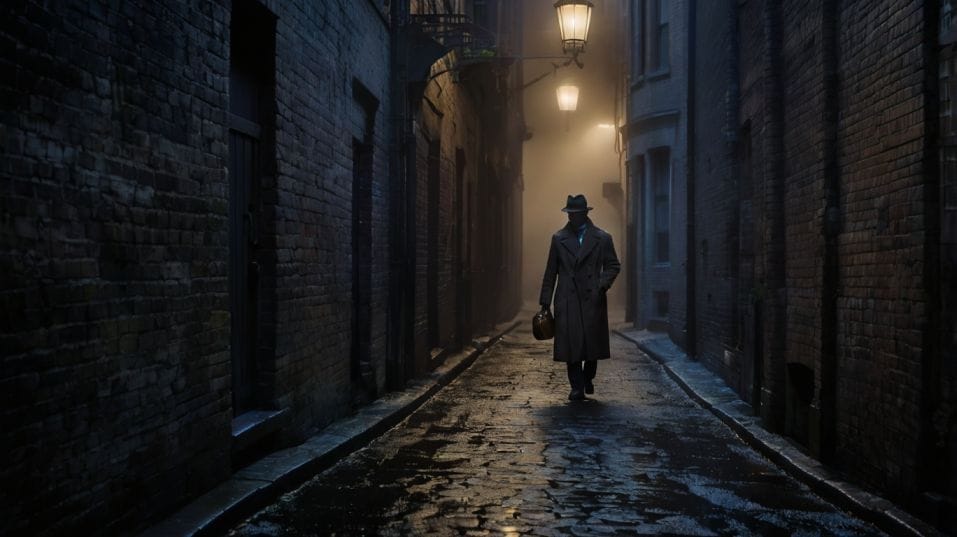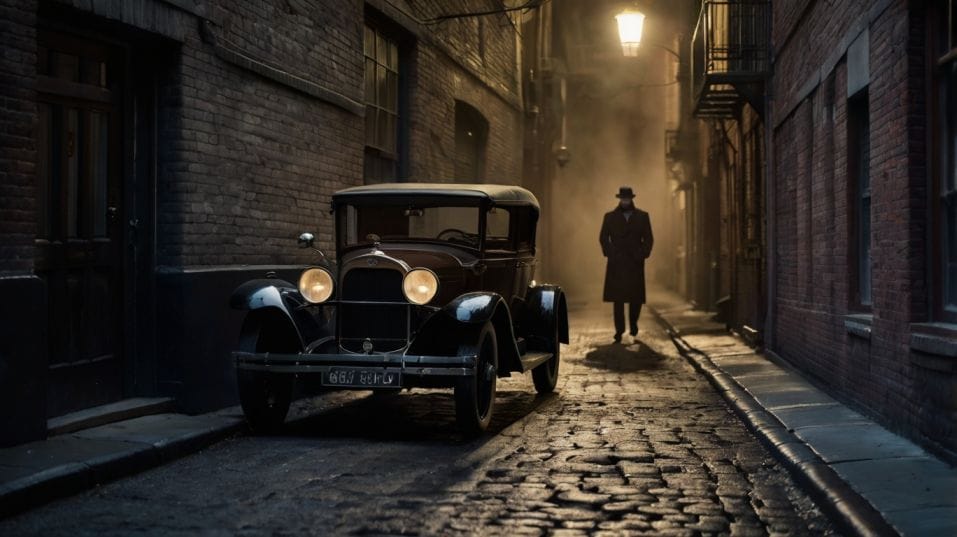How Bootleggers Hid Whiskey During Prohibition
Discover how whiskey survived Prohibition and what bootleggers can still teach modern collectors about storage, flavor, and instinct.

What would you do if the thing you loved was suddenly outlawed? During Prohibition, whiskey didn’t vanish—it got smarter. It moved underground, wore disguises, and survived against the odds.
Bootleggers didn’t just break the law—they built the blueprint for today’s whiskey lovers.
If you’re starting your whiskey journey, understanding how it endured its darkest hour will teach you more than any tasting note. This is the story behind the bottle—and why it still matters.
A Culture Built on Secrecy and Survival
When the U.S. government outlawed alcohol in 1920, whiskey didn’t vanish—it just got harder to find.
And more dangerous to move. The Volstead Act made it illegal to produce, transport, or sell intoxicating liquors, but it didn’t kill demand. It only pushed it underground.
Bootleggers quickly learned that secrecy wasn’t just useful—it was necessary. They used false-bottomed trunks, hollowed-out walls, and rigged compartments inside everything from radios to coffins.
City apartments had “whiskey safes” behind bookshelves; farms buried barrels beneath floorboards and root cellars. Anything that could conceal a bottle, did.
Understanding these methods teaches you something crucial about whiskey: it doesn’t thrive in chaos unless you know how to protect it.
Light, heat, vibration—these aren’t just abstract concerns. They can destroy a spirit’s balance. Bootleggers couldn’t control every factor, but they knew enough to shield what mattered.
If you’re collecting today, apply that mindset. A flashy display shelf near a window might look good on Instagram, but UV exposure kills flavor.
Temperature swings flatten complexity. Keep bottles upright, in the dark, and cool. What kept whiskey safe then still protects it now.

Whiskey That Wore Disguises
During Prohibition, real whiskey wore fake clothes. Labels lied. Bottles meant for sipping were passed off as “medicinal spirits,” “flavoring extracts,” or “industrial solvents.”
Legal distilleries like Old Forester and Medicinal Stitzel-Weller were granted permits to bottle whiskey for “therapeutic” use.
The black market took cues from that—bootleggers began slapping on forged pharmacy tags, bottling watered-down spirits, or faking brands altogether.
Learning to Read Past the Label
The clever ones took it further. A bottle might look like it came from a pharmacy in New York but actually originated in a backwoods still in Kentucky.
That didn’t always mean the whiskey was bad—it often meant someone knew how to distill without getting caught.
Here’s the takeaway: packaging is never the whole story. Today’s shelves are crowded with claims—“small batch,” “handcrafted,” “distiller’s cut.” None of it matters unless the liquid inside proves it.
Bootleggers didn’t trust the label, and neither should you. Train your palate. Taste blind when you can. Learn what richness feels like on the tongue and what a rushed finish tastes like in the throat.
The more you can detect by flavor alone, the less dependent you’ll be on anyone else’s marketing.
Mobility Was the Game
Bootleggers didn’t sit on inventory. Movement kept them ahead of the law, and ahead of loss. If you left barrels in one place too long, they’d get found—or worse, spoil.
Whiskey was hidden in oil drums, milk trucks, baby prams, hollow fence posts. Cars were modified with false gas tanks or spare tire compartments filled with bottles. Trains and tunnels turned cities into whiskey arteries.
Whiskey in Motion, Then and Now
The idea wasn’t just to move the goods—it was to keep whiskey dynamic. Always shifting, always one step out of reach. That same instinct benefits your own relationship with whiskey.
A bottle isn’t static—it changes every time you open it. A week uncorked, and oxidation starts to shape the nose. Air softens heat. Flavors either deepen or collapse.
So don’t just crack a bottle and forget it. Return to it. Taste it under different conditions. Pour when your palate is sharp and clean, then again after a meal.
Test it in the cold, then with the windows open on a warm night. Let whiskey move in your life the way it moved in Prohibition. That’s how you learn what it really is.
Smuggling Taught Flavor Discipline
Running whiskey wasn't just about hiding it—it was about preserving its integrity under pressure. A cracked bottle meant lost profit.
A spoiled barrel meant wasted risk. That meant bootleggers developed techniques to keep whiskey stable: wax-sealed corks, tightly packed crates wrapped in hay, and early forms of insulation.
They learned which materials absorbed smell, which bottles traveled best, and how to bury barrels to keep them cool.
They weren’t following tradition—they were following flavor. If you’re collecting or building a home bar, that matters. Don’t assume you can throw a bottle on a shelf and forget it. Respect the storage.
Minimize light, limit vibration, keep temperatures steady. If your whiskey’s worth collecting, it’s worth protecting.
Even if you’re not aging bottles for decades, the mindset still applies. Bootleggers treated their whiskey like a living product. You should, too.
Taste Was a Currency
Bootleggers weren’t selling whiskey to connoisseurs—they were selling to people who missed whiskey. But even in that wild market, flavor still mattered.
The best suppliers developed reputations. Word of mouth was gold. Watered-down or badly-cut spirits got rejected. That forced even outlaw distillers to improve technique. Quality kept the operation going.
Today, taste still rules. When you're tasting whiskey—whether it's a $30 rye or a cask-strength unicorn—train yourself to look past the proof and the price.
Ask: Is this balanced? Does it finish clean? Are the notes integrated or just loud? You don’t need a master’s degree in sensory science. You just need repetition, curiosity, and a willingness to be wrong sometimes.
Every bootlegger had to prove their product was worth the risk. You should hold your whiskey to the same standard.
Final Thoughts
Prohibition didn’t kill whiskey—it revealed its resilience. Bootleggers turned smuggling into a skill set.
They knew how to hide bottles, preserve flavor, and stay ahead of the system. Those same instincts can sharpen how you collect, taste, and understand whiskey today.
So start thinking like they did. Build a storage setup that protects, not just displays. Taste deliberately and often—let your palate catch flaws and brilliance alike. Question what’s in the bottle, and train your instincts to find the good stuff.
Don’t just drink whiskey. Learn to hunt it, protect it, and understand it. Then pour a glass—and taste like someone who knows the whole story.




